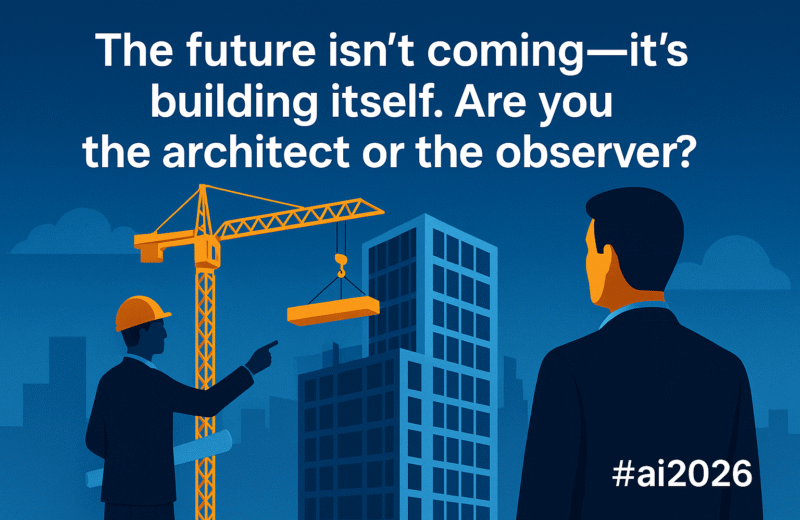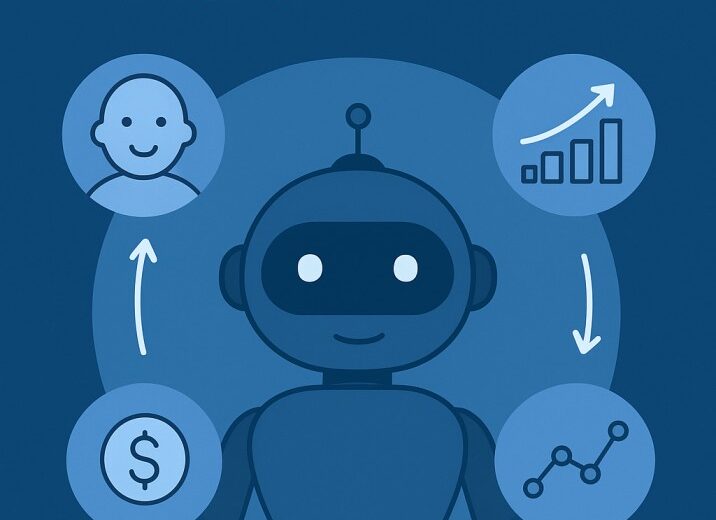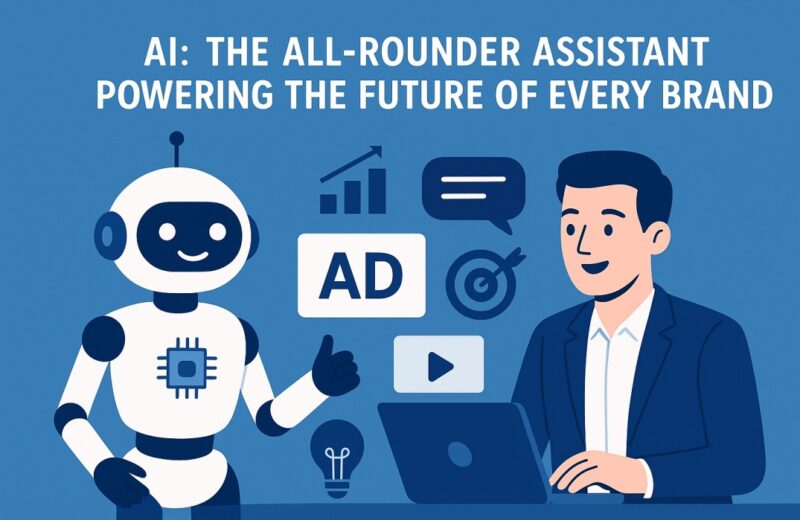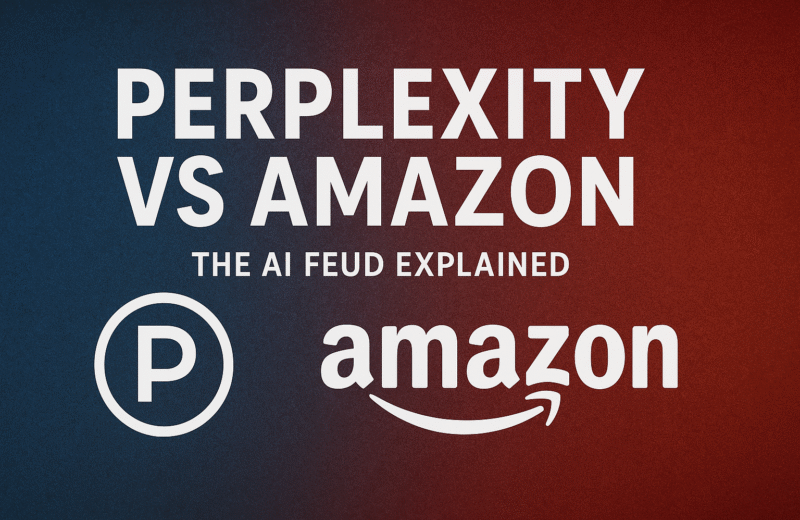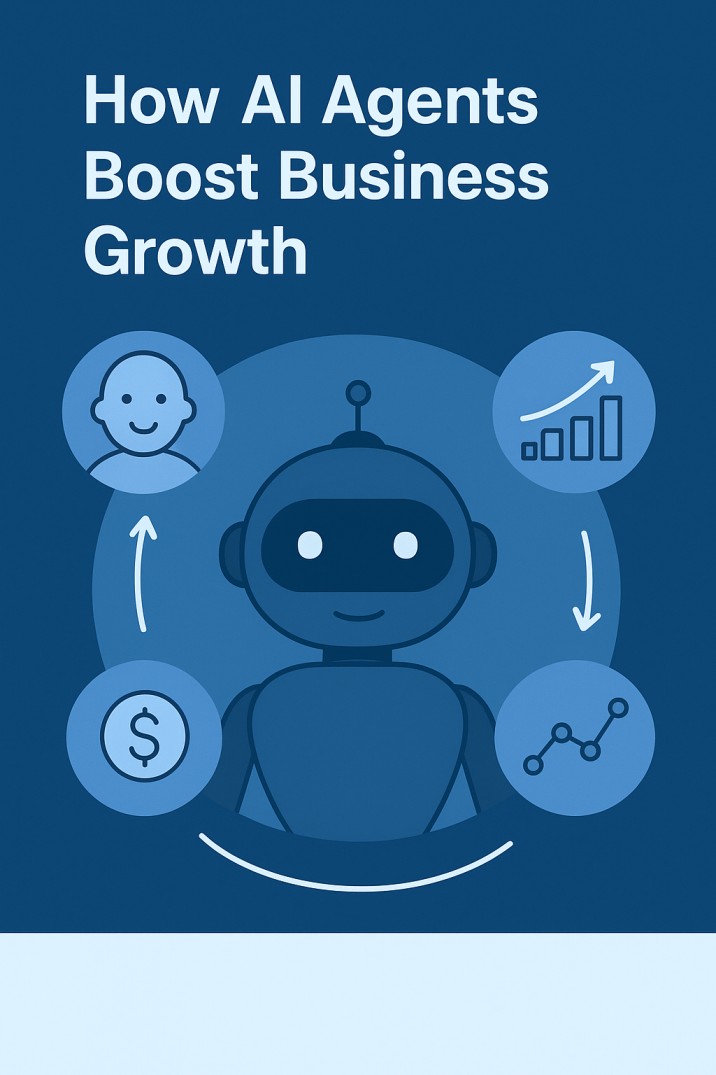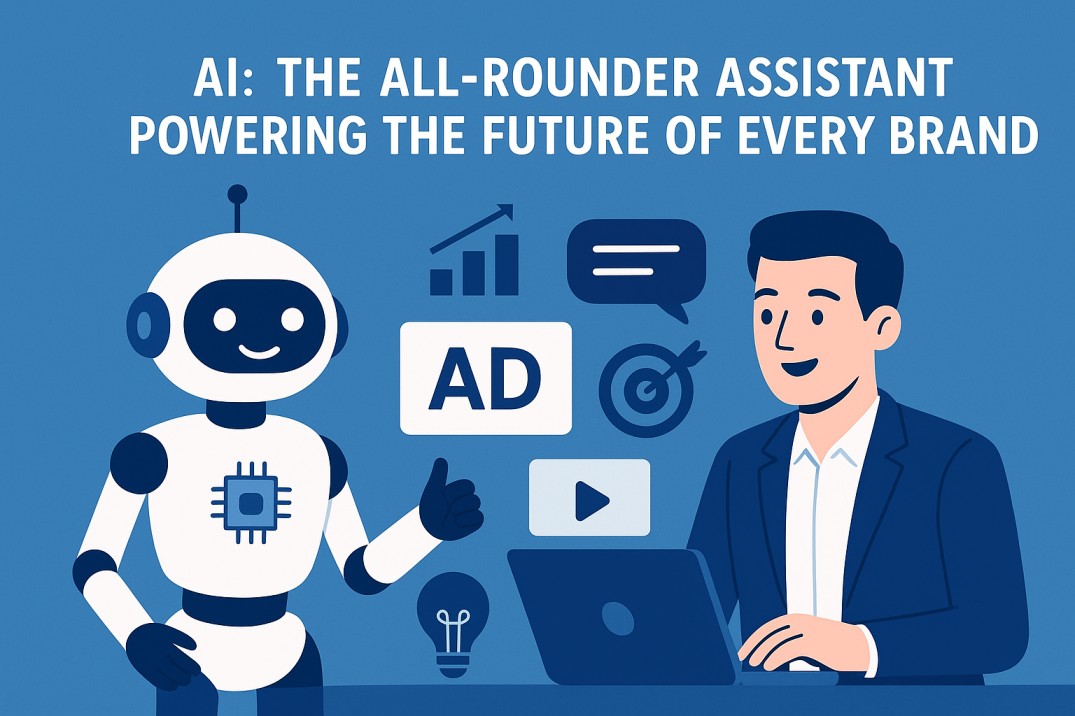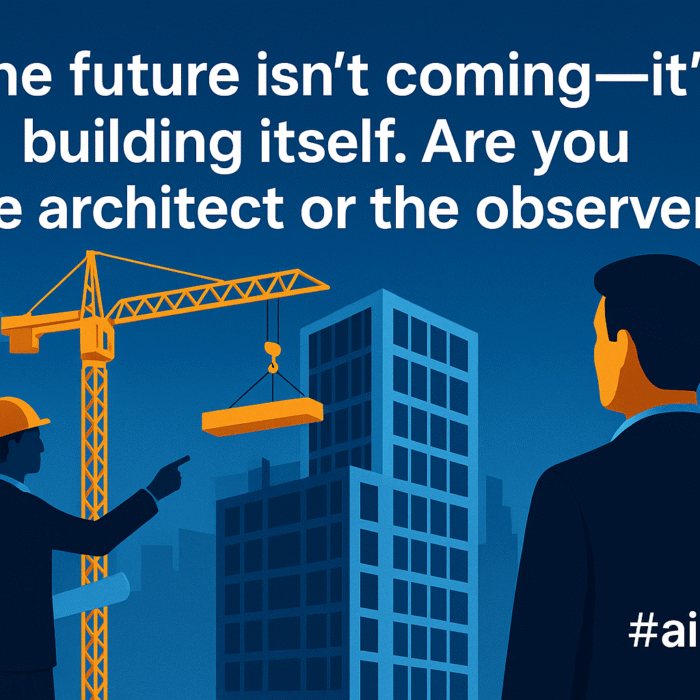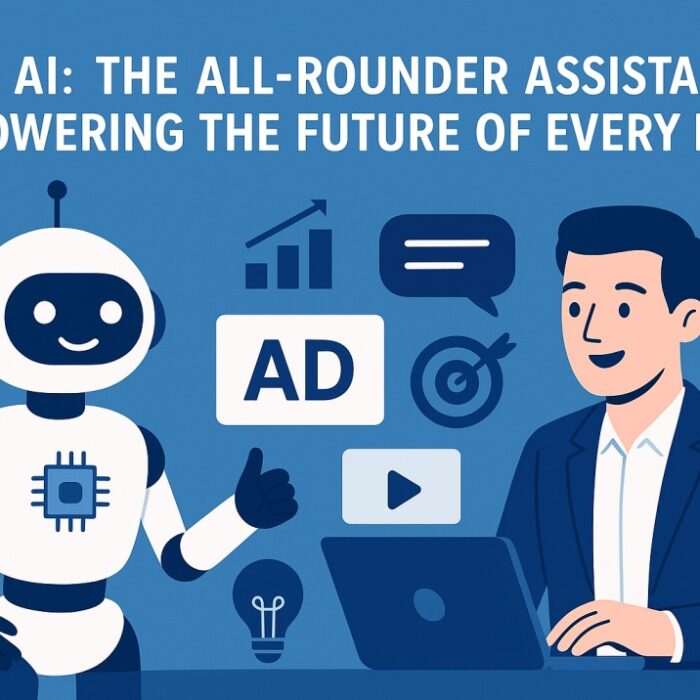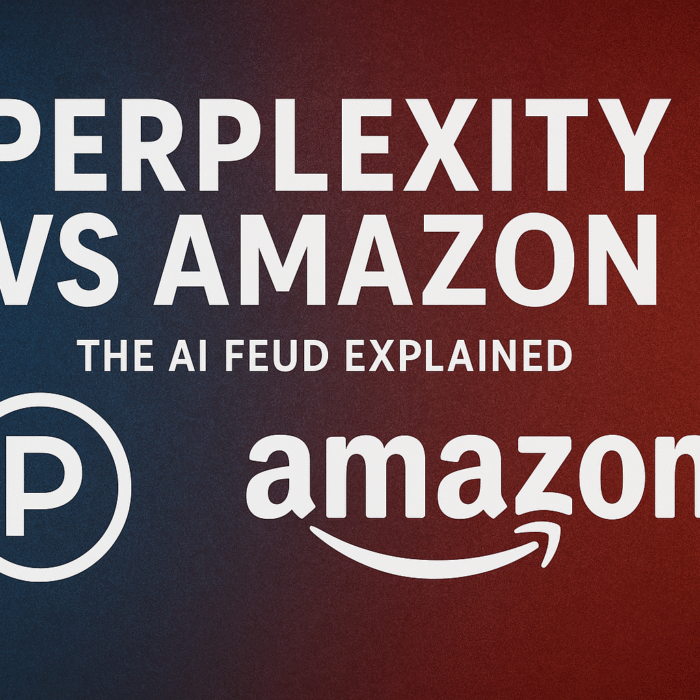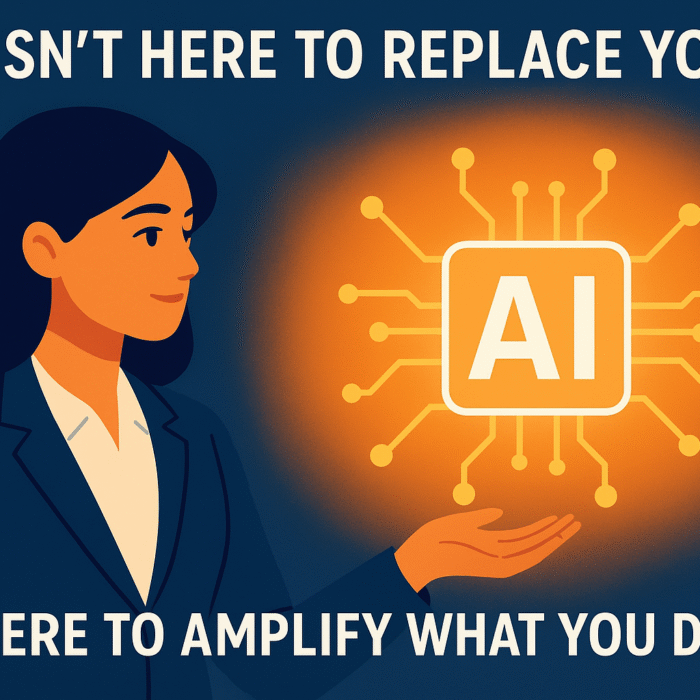The world of Artificial Intelligence is rapidly evolving, moving beyond single, monolithic models to complex systems where multiple specialized AI agents collaborate to achieve sophisticated goals. This paradigm shift, known as Multi-Agent Orchestration, is unlocking unprecedented capabilities in automation, problem-solving, and creative endeavors. Imagine a team of expert consultants, each with their own unique skills, working seamlessly together on a project, that’s the essence of multi-agent orchestration.
In this deep dive, we’ll explore the core concepts of multi-agent orchestration, its benefits, and practical approaches to setting up and managing a “team” of specialized agents using popular frameworks like AutoGen, CrewAI, and LangGraph.
What is Multi-Agent Orchestration?

At its heart, multi-agent orchestration involves designing, deploying, and managing a system where several AI agents interact and coordinate to accomplish a larger task. Each agent typically possesses a specific function, knowledge base, or skill set, allowing for a division of labor and a more efficient, robust approach to complex problems.
Think of a software development project:
- Project Manager Agent: Defines the scope, assigns tasks, and monitors progress.
- Code Generator Agent: Writes code based on requirements.
- Testing Agent: Identifies bugs and ensures code quality.
- Documentation Agent: Creates user manuals and API documentation.
Individually, each agent performs a narrow task. Together, orchestrated effectively, they can deliver a complete software solution.
Why Multi-Agent Orchestration? The Benefits
The advantages of adopting a multi-agent approach are numerous and compelling:
- Specialization and Efficiency: Instead of trying to make one large model do everything, specialized agents excel at their niche tasks, leading to higher quality outputs and faster execution. This mirrors human team dynamics where experts focus on what they do best.
- Modularity and Scalability: Agents can be developed, tested, and updated independently. This modularity makes systems easier to maintain and allows for scaling by adding or removing agents as needed without overhauling the entire system.
- Robustness and Fault Tolerance: If one agent encounters an issue, the overall system can often compensate or re-route tasks to other agents, leading to greater resilience compared to a single point of failure.
- Complex Problem Solving: Many real-world problems are too intricate for a single agent to handle effectively. Multi-agent systems can break down these problems into smaller, manageable sub-problems, with each agent tackling a specific piece.
- Emergent Behavior and Creativity: The interactions between agents can lead to emergent behaviors and novel solutions that might not have been explicitly programmed. This is where the “magic” of collaboration truly shines.
- Human-like Collaboration: Frameworks are increasingly designed to mimic human collaboration patterns, making the development and management of these systems more intuitive and powerful.
Key Components of a Multi-Agent System
To understand how these systems work, let’s break down their essential components:
- Agents: The individual AI entities. Each agent has:
- Role: Its defined purpose (e.g., “Researcher,” “Coder,” “Critic”).
- Tools: Functions or APIs it can call (e.g., web search, code interpreter, database access).
- Memory: Short-term (context of current conversation) and potentially long-term (knowledge base).
- LLM (Large Language Model): Often serves as the “brain” for decision-making and communication.
- Environment: The shared space where agents operate and interact. This could be a virtual sandbox, a codebase, or a communication channel.
- Orchestrator/Coordinator: The mechanism that manages the flow of tasks, assigns work to agents, and facilitates communication between them. This is where frameworks like AutoGen, CrewAI, and LangGraph come in.
- Communication Protocols: How agents exchange information, ranging from direct messages to shared memory or event-driven systems.
- Task Definition: The overall goal is broken down into smaller, actionable steps that can be assigned to individuals or groups of agents.
Frameworks for Multi-Agent Orchestration
Now, let’s explore some of the leading frameworks that enable us to build and manage these sophisticated multi-agent systems.
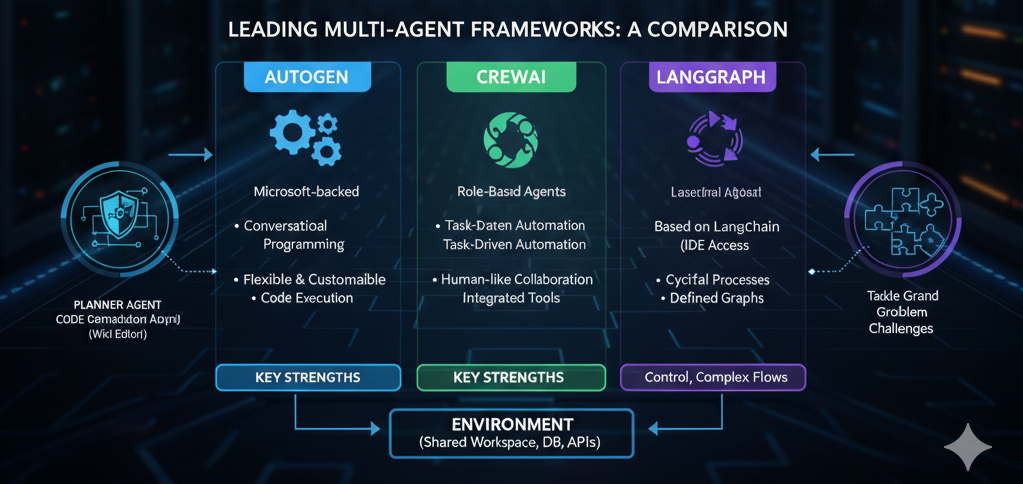
1. AutoGen (Microsoft)
AutoGen, developed by Microsoft, is a powerful framework that facilitates the creation of multi-agent conversation systems. Its core strength lies in enabling agents to converse with each other to solve tasks, often with a “human” agent in the loop for supervision or intervention.
Key Features:
- Conversational Programming: Agents interact through natural language, simulating human team dynamics.
- Flexible Agent Types: Supports various agent types, including UserProxyAgent (for human interaction/tool execution) and AssistantAgent (for AI-driven tasks).
- Code Execution: Seamlessly integrates with code execution environments, allowing agents to write, run, and debug code.
- Customizable Communication: Offers fine-grained control over how agents communicate and pass information.
How it works:
AutoGen sets up an environment where agents can send messages to each other, perform actions (like calling tools or executing code), and observe the results. The orchestration often involves defining a sequence of agents or allowing them to determine the next step based on the conversation history and task requirements. For instance, a UserProxyAgent might prompt an AssistantAgent to generate code, then execute that code, and report back to the AssistantAgent for debugging if an error occurs.
Example Scenario:
Imagine an AutoGen setup for data analysis:
- Data Analyst Agent: Interprets requirements, asks clarifying questions, and guides the process.
- Python Coder Agent: Writes Python scripts for data cleaning, analysis, and visualization.
- Reviewer Agent: Checks the code for correctness and efficiency.
- Visualizer Agent: Generates charts and plots based on the analysis.
The agents would converse, iterating on the data analysis until the desired insights and visualizations are achieved.
2. CrewAI
CrewAI is a relatively newer framework that emphasizes role-based agents and human-like collaboration within a defined crew. It’s designed to make it intuitive to set up a team of agents with specific responsibilities and tasks.
Key Features:
- Role-Based Agents: Each agent is assigned a distinct role (e.g., “Researcher,” “Writer,” “Editor”) and associated goals, memory, and tools.
- Tasks and Processes: Tasks are defined with descriptions and assigned to specific agents. CrewAI then orchestrates the agents through these tasks.
- Human-like Collaboration: Aims to mimic real-world team workflows, making it easier to conceptualize and manage agent interactions.
- Integrated Tools: Agents can be equipped with various tools (e.g., web search, file system access) to perform their tasks.
How it works:
In CrewAI, you define a Crew and populate it with Agent instances, each having a role, goal, and backstory. You then define a list of Task objects, each with a description, an agent assigned to it, and expected_output. The Crew orchestrates the execution of these tasks, facilitating communication and context sharing between agents as needed. It can also manage “processes” which define how agents collaborate, e.g., sequential or hierarchical.
Example Scenario:
A content creation team using CrewAI:
- Researcher Agent: Role “Senior Researcher,” Goal “Gather comprehensive data,” Tools “Web Search API.”
- Writer Agent: Role “Content Writer,” Goal “Draft engaging blog posts,” Tools “Text Editor.”
- Editor Agent: Role “Proofreader & Editor,” Goal “Ensure grammar and clarity,” Tools “Grammar Checker API.”
The Crew would assign a research task to the Researcher, then pass the findings to the Writer for drafting, and finally to the Editor for refinement, following a sequential process.
3. LangGraph (LangChain)
LangGraph, built on top of LangChain, offers a different paradigm by representing agent interactions as cyclical graphs. This allows for highly flexible and complex orchestration patterns, especially suitable for stateful, long-running processes where agents need to revisit previous steps or respond dynamically to new information.
Key Features:
- Stateful Agent Runtimes: Designed for managing agent states and transitions within a graph.
- Cyclical Processes: Supports loops and conditional branching, enabling agents to dynamically decide their next action based on the current state.
- Defined Graphs: You explicitly define the “nodes” (agents or operations) and “edges” (transitions) of the graph, giving precise control over the flow.
- Integration with LangChain: Leverages LangChain’s extensive ecosystem of LLMs, tools, and memory modules.
How it works:
In LangGraph, you define a graph where each node can be an agent, a tool call, or any other operation. Edges define how the execution flows between these nodes. The key is its ability to manage a shared “state” that evolves as the graph is traversed. Agents can read from and write to this state, influencing the subsequent path of execution. This allows for complex decision-making, where agents might choose to re-execute a step, call a different tool, or hand off to another agent based on the current state.
Example Scenario:
A customer support and escalation system using LangGraph:
- Triage Agent (Node A): Analyzes incoming customer queries, determines intent.
- Knowledge Base Search Agent (Node B): If intent is informational, searches a knowledge base.
- Human Handoff Agent (Node C): If query is complex or sensitive, escalates to a human agent.
- Resolution Agent (Node D): If a solution is found, formulates a response.
- Feedback Loop (Edge from D back to A or C): If customer isn’t satisfied, re-routes to Triage or Human Handoff.
The graph would dynamically move between these nodes based on the customer’s input and the agents’ actions, maintaining the conversation state throughout.
Choosing the Right Framework
The choice of framework depends heavily on the specific needs of your project:
- AutoGen: Ideal for scenarios requiring flexible, conversational agent interactions, especially where code execution and iteration are central. Great for development, testing, and complex problem-solving requiring iterative refinement.
- CrewAI: Best for projects that benefit from clear role definitions, task-driven automation, and a structured, human-like collaborative workflow, such as content generation, project management, or sales processes.
- LangGraph: Suited for highly complex, stateful, and cyclical workflows where precise control over the execution flow, conditional logic, and dynamic decision-making are paramount. Excellent for building sophisticated agents, long-running processes, and adaptive systems.
Challenges and Considerations
While powerful, multi-agent orchestration comes with its own set of challenges:
- Complexity: Designing and debugging interactions between multiple agents can be more complex than single-agent systems.
- Coordination Overhead: Ensuring agents don’t step on each other’s toes or get stuck in loops requires careful orchestration.
- Communication Fidelity: Maintaining context and ensuring accurate information transfer between agents can be tricky.
- Resource Management: Running multiple LLMs and tools simultaneously can be resource-intensive.
- Evaluation: Measuring the performance and effectiveness of a multi-agent system requires sophisticated metrics and testing strategies.
- Safety and Ethics: As agents become more autonomous, ensuring their actions align with ethical guidelines and safety protocols becomes crucial.
The Future of Multi-Agent Orchestration
Multi-agent orchestration is not just a trend; it’s a fundamental shift in how we build and deploy AI. As LLMs become more capable and frameworks mature, we can expect:
- More Autonomous Teams: Agents will become increasingly capable of self-organizing and adapting to new challenges.
- Seamless Human-AI Collaboration: Multi-agent systems will become better at integrating human feedback and intervention.
- Domain-Specific Expertise: The development of highly specialized agent teams for niche industries and problems.
- Standardized Protocols: Emerging standards for agent communication and interaction will simplify development.
Conclusion
Multi-agent orchestration represents the next frontier in AI development, offering a powerful paradigm for tackling complex challenges through collaborative intelligence. By leveraging frameworks like AutoGen, CrewAI, and LangGraph, developers can build sophisticated “teams” of AI agents that specialize, communicate, and coordinate to achieve goals far beyond the reach of individual models. As we continue to refine these approaches, the potential for intelligent automation and problem-solving is virtually limitless, paving the way for a future where AI systems are not just smart, but truly collaborative.







